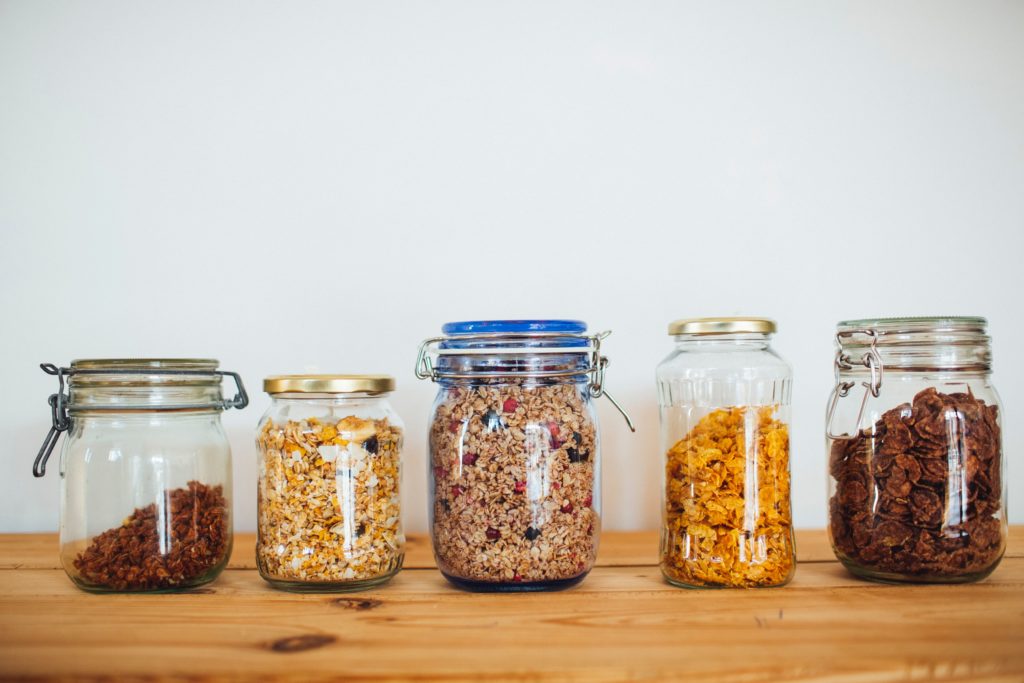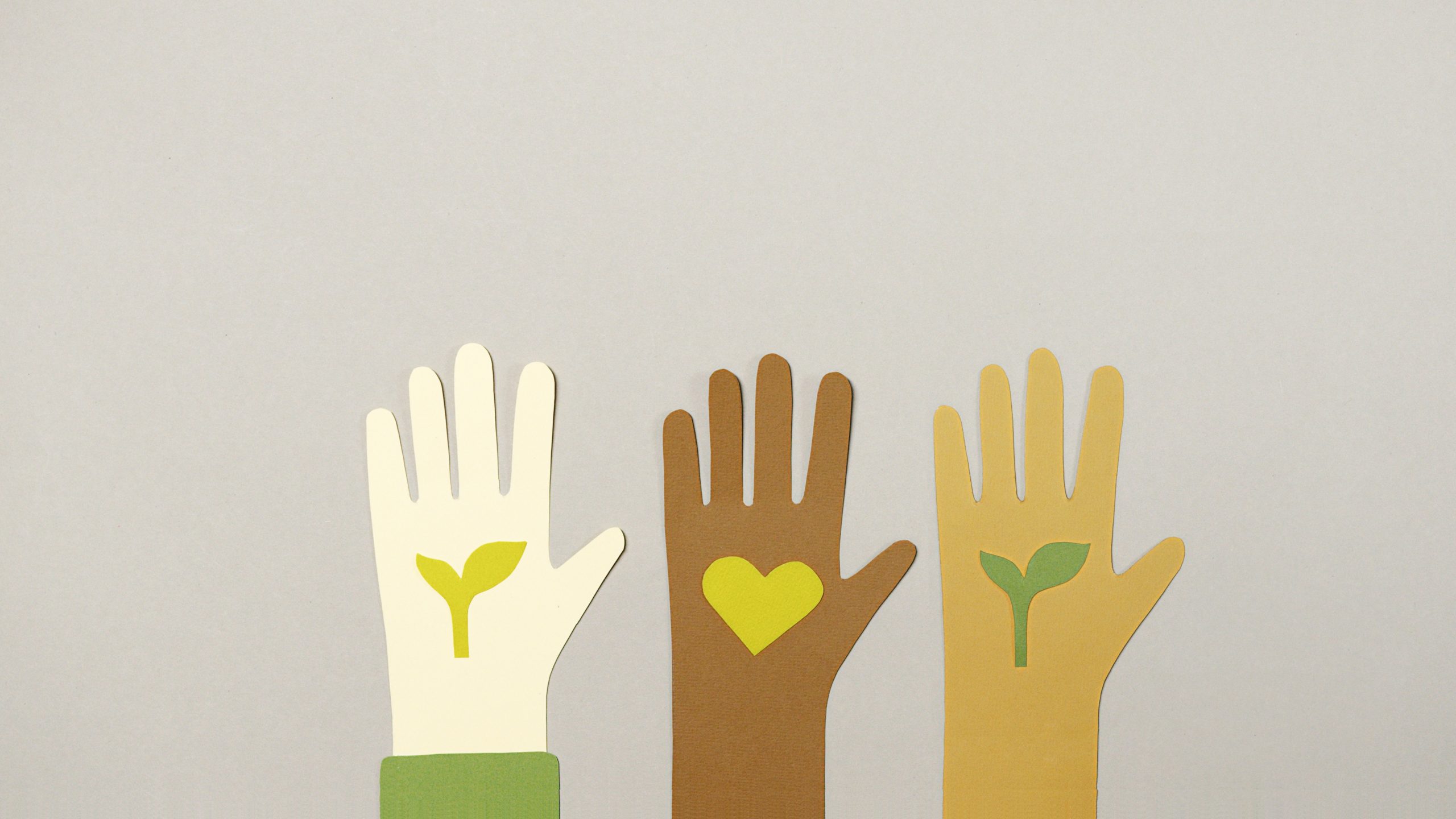How to go green on a budget: Easy steps for eco-friendly living
Going green is an amazing and empowering move for the global good. It’s something we should all make a conscious effort to do every day.
However, there’s a common misconception that going green means having to shop at the expensive organic health foods store or pay a premium for purchases you can feel good about. The truth is that going green doesn’t mean you have to spend a lot. In fact, going green on a budget is super easy to do, and in many cases, ends up saving you money!
Here are some of our best tips for how to go green on a budget so you can reduce your carbon footprint and avoid creating a major dent in your wallet.
6 easy ways to go green on a budget
1. DIY your own reusable solutions
Turn old T-shirts into reusable makeup wipes, old towels into rags instead of paper towels, and takeout containers and pasta jars into leftover food storage.

Do you have a random collection of store-bought cleaners accumulating under your kitchen sink? Use up what you have, and stop buying new products when it’s time to replace them! Clean out one of your old spray bottles and turn it into your own natural cleaner! Here’s how.
2. Buy bulk ingredients whenever possible.

Dried goods like coffee beans, granola, nuts, grains, and legumes are cheaper to buy in bulk. Bring your own recycled glass jars or reusable bags, and fill them up! Not only do you save money, but you produce less waste since you’re buying goods without the packaging.
3. Get creative with leftovers
We admit, it’s easy to get sick of eating the same meal and over and over. To minimize food waste, play your own personal game of “Chopped” in the kitchen and find different ways to reuse leftovers. Got leftover black beans? Grab some sweet potatoes, peppers, and whatever veggies you have on hand to transform your leftovers into delicious vegan quesadillas.
4. Drive less.
Got somewhere to go? Carpool, walk, and take public transportation when possible. Not only does minimizing your driving reduce your carbon footprint, but it also saves you from paying a monthly car note and hefty gas bill.
5. Use your utilities more efficiently.
When it comes to utilities, going green at home takes minimal effort and saves you money every single month. Here are a few ways to reduce your utility usage:
- Take shorter showers.
- Use your air conditioner less.
- Wash dishes in a full dishwasher — it’s actually more eco-friendly and efficient to use the dishwasher than hand wash!
- Wash clothes on cold instead of hot.

6. Be thoughtful before you toss.
Instead of throwing things away, look for ways to repurpose them. So many items we would normally throw in the trash have the potential for a functional and useful second life. For example, an old toothbrush can be a cleaning scrub, and newspapers and magazines can easily turn into quirky gift wrap.
If you don’t have a second use, look for opportunities to donate or give away. Animal shelters gladly welcome old blankets and towels, and a friend planning a move would readily accept recycled cardboard boxes for packing.
Eco-friendly products we recommend buying new (if you don’t already have them!)
There are a few affordable green solutions we recommend buying upfront that will save you money and reduce waste and pollution in the long run. Here are some eco-friendly products we love that are worth the purchase:
- Reusable sandwich bags
- Glass or insulated water bottle
- Reusable coffee cup or thermos
- Tote bags or reusable grocery bags
- Mesh produce bags
- Silicone cotton swabs
- Compostable cling wrap

Interested in more eco-friendly resources? We’ve got you covered!
- Green glossary: your go-to guide for navigating eco terms
- Our best sustainability tips for an eco-friendly summer
- Impactful ways to help the planet while at home









